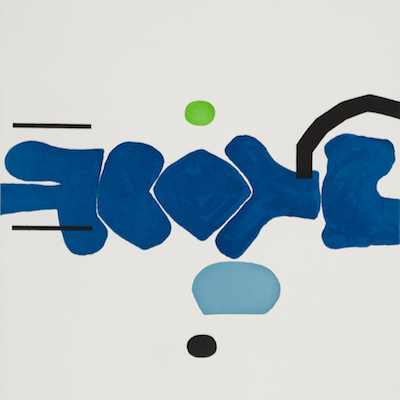
Details
Artist
Styles
Screenprint in colours, on wove paper // Victor Vasarely’s Album Meta: Seven Plates 1 (1976) is a vibrant screen-print that exemplifies the artist’s mastery of optical illusion and geometric abstraction. The artwork features two stacked, cube-like forms created from patterns of circles in varying sizes and colors, primarily in shades of red, orange, black, and white. The circular patterns seem to pulse and shift, creating a dynamic sense of movement and depth as the viewer’s eyes travel over the piece. Vasarely, a pioneer of the Op Art movement, uses simple shapes and bold contrasts to manipulate perception, turning flat surfaces into three-dimensional illusions. This work, with its carefully arranged color and form, challenges the viewer’s spatial awareness, inviting them into a mesmerizing visual experience.
Album Meta: Seven Plates 1, 1976
form
Medium
Size
115.8 x 72.1 cm
- Inches
- Centimeters
Edition
Price
Details
Artist
Styles
Screenprint in colours, on wove paper // Victor Vasarely’s Album Meta: Seven Plates 1 (1976) is a vibrant screen-print that exemplifies the artist’s mastery of optical illusion and geometric abstraction. The artwork features two stacked, cube-like forms created from patterns of circles in varying sizes and colors, primarily in shades of red, orange, black, and white. The circular patterns seem to pulse and shift, creating a dynamic sense of movement and depth as the viewer’s eyes travel over the piece. Vasarely, a pioneer of the Op Art movement, uses simple shapes and bold contrasts to manipulate perception, turning flat surfaces into three-dimensional illusions. This work, with its carefully arranged color and form, challenges the viewer’s spatial awareness, inviting them into a mesmerizing visual experience.
- Recently Added
- Price (low-high )
- Price (high-low )
- Year (low-high )
- Year (high-low )
What is constructivism?
Constructivism is an architectural and artistic philosophy of Russian origin that emerged as a rejection of the idea of autonomous art. The movement advocated for art to serve practical social purposes. Since its inception in 1919, Constructivism has evolved and significantly impacted 20th-century art movements, influencing major trends such as De Stijl and Bauhaus.











































































